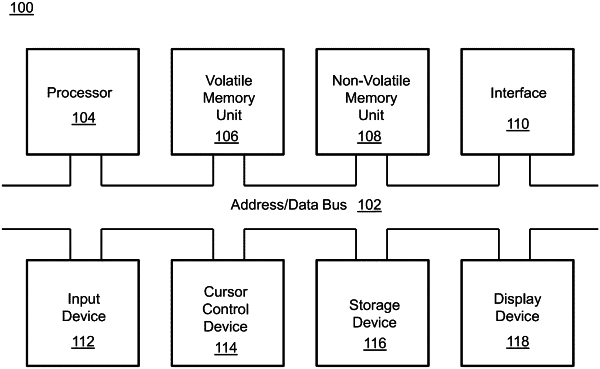| CPC G06V 10/993 (2022.01) [G06V 10/10 (2022.01); G06V 10/763 (2022.01); G06V 10/764 (2022.01); G06V 20/56 (2022.01)] | 15 Claims |

|
1. A system to evaluate and correct perception errors in object detection and recognition, the system comprising:
one or more processors and a non-transitory computer-readable medium having executable instructions encoded thereon such that when executed, the one or more processors perform operations of:
receiving, with a perception module, perception data from an environment proximate a mobile platform, the perception data reflecting one or more objects in the environment;
generating a plurality of perception probes from the perception data, wherein the plurality of perception probes describe perception characteristics of one or more object detections in the set of perception data;
for each perception probe, determining probabilistic distributions for true positive values and false positive values, resulting in true positive perception probes and false negative perception probes;
determining statistical characteristics of true positive perception probes and false positive perception probes;
based on the statistical characteristics, clustering true positive perception probes;
generating an axiom to determine statistical constraints for perception validity for each perception probe cluster;
evaluating the axiom to classify the plurality of perception probes as valid or erroneous;
generating optimal perception parameters by solving an optimization problem based on the axiom; and
adjusting the perception module based on the optimal perception parameters.
|